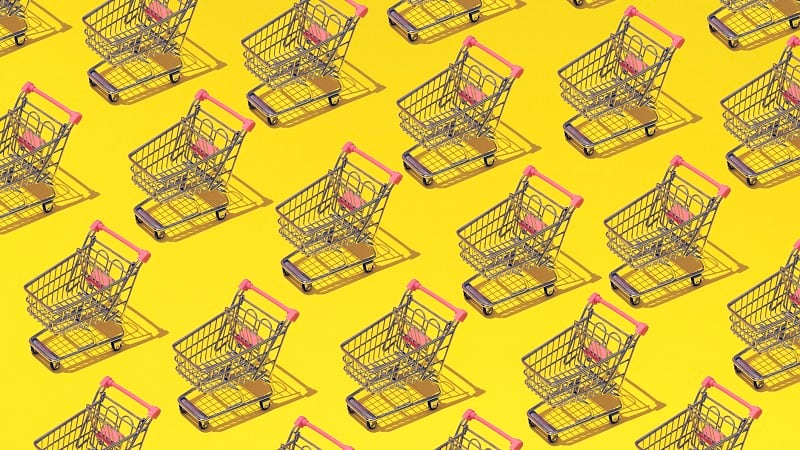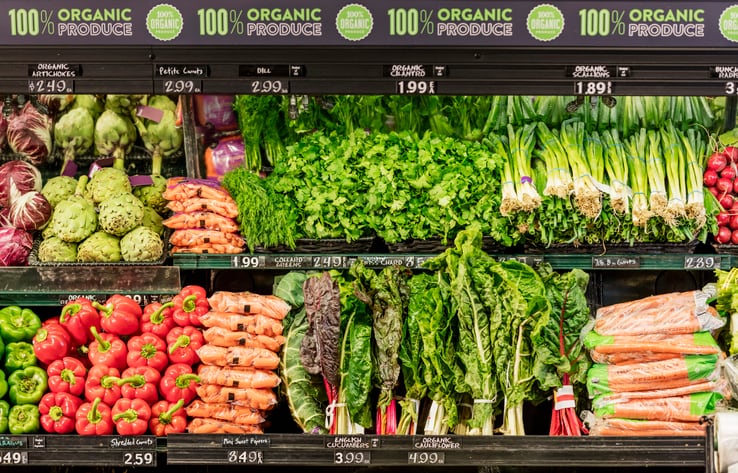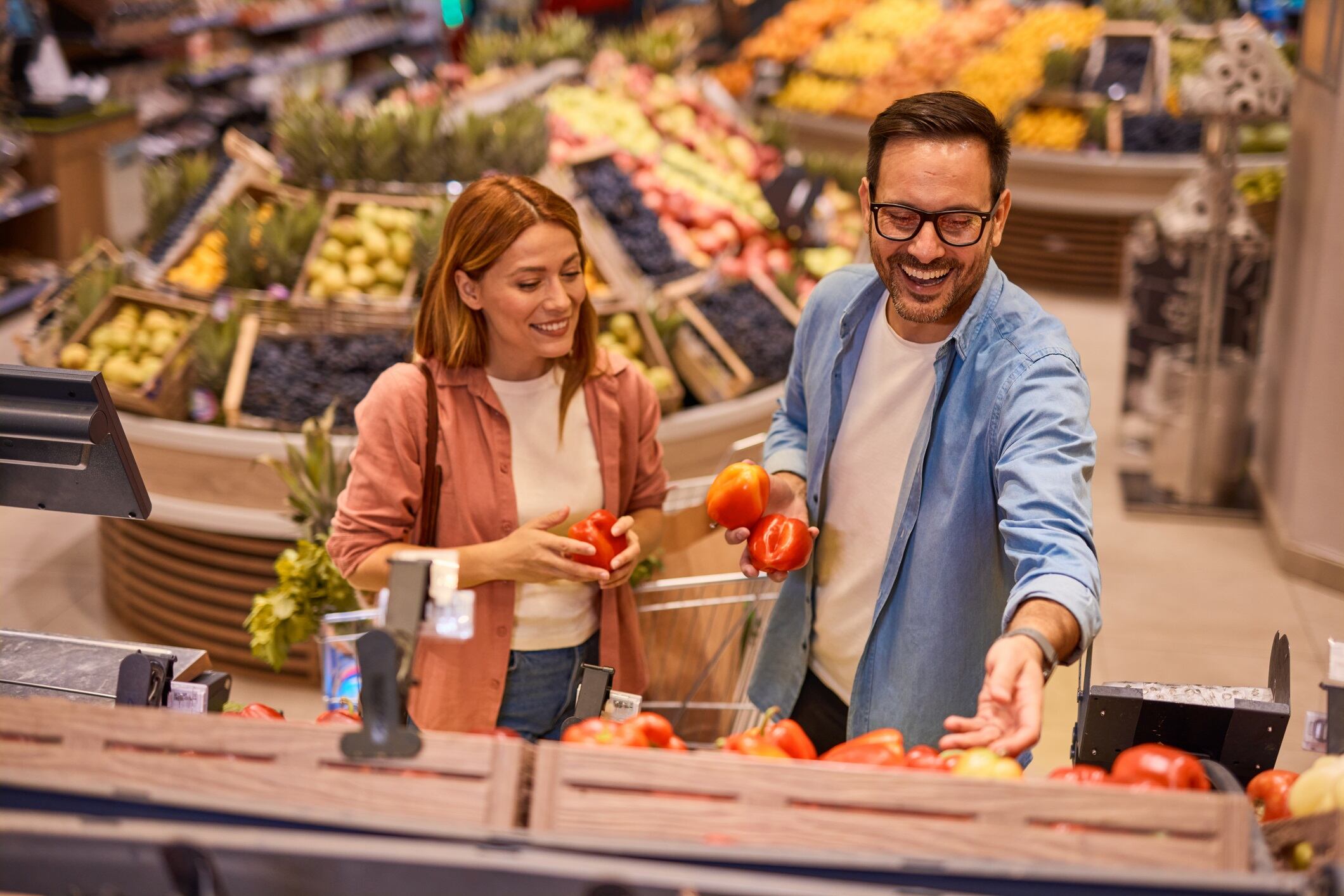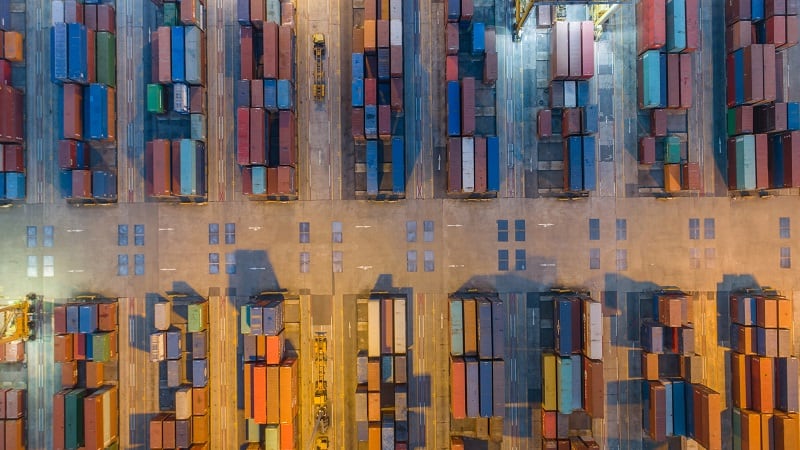Shoppers’ resiliency is tested by numerous macroeconomic conditions, including high food prices and tariffs, which will impact the food and beverage industry for years.
Matthew Barry, insights manager at Euromonitor International, outlined several macro trends that are shaping the food and beverage industry during an International Dairy Deli Bakery Association webinar.
1. Economic uncertainty fuels changes
Over the last five years, consumers grew accustomed to uncertainty, with the COVID pandemic, the Ukraine war and other major events, Barry explained. The next market shock is around the corner – whether it is a war in Taiwan or avian flu jumping to humans – which will drive growth of specific categories and products, he added.
“Reacting to crisis is old hat for consumers. You look to value. You look to wellness,” Barry elaborated. “You look for things that are going to comfort you, so stress-fighting indulgence – it could be nostalgia – things that give you a lot of bang for your buck in a joy sense.”
Trade war tensions are cooling amid the Trump administration’s 90-day pause on tariffs with China and a trade deal with the UK. However, globalization has been retreating for more than a decade, and isolationist trade policies can leave consumers with higher prices, Barry explained.
“There will be more trade barriers in the future ... because globalization really peaked about in 2010. So, even if we take Donald Trump out of the equation entirely, globalization was not moving in the positive direction. It was moving the other way. So, Trump is an accelerant, but the overlying skepticism was already there,” he elaborated.
2. High food prices set up future shocks
Consumers also are navigating a world of higher food prices, despite inflation around the world pretty much returning to pre-COVID level, Barry explained.
The Consumer Price Index – a measure of consumer inflation – for food rose 2.8% in April, above the Fed’s target of 2%.
Consumers are less likely to weather further market shocks with food prices being high now, Barry noted.
Historically, when income rises, “food spending does not increase in lockstep,” Barry said. This has not been the case in recent years, as income and food prices are rising hand-in-hand, meaning consumers spend a larger percentage of their income on groceries, he explained.
3. The premium and innovation crunch
High food prices have a “smothering effect” where “everything else just becomes secondary in consumers’ mindsets,” meaning certain attributes like sustainability will be less important for shoppers as they flock to value, Barry explained.
This will have a knock-on effect on innovation, which continues to be sluggish, Barry added. A third (35%) of CPG launches in the first four months of 2024 were net new products – the lowest level of innovation since 1996 – Mintel stated in a report.
“If fewer consumers are looking at things that are going to be healthier or taste better or more sustainable, a lot of new products speak to one of those things, so that is the bigger challenge to appeal to consumers. At the same time, the cost of product development increased. As interest rates have risen, it is hard to get capital, especially a lot of smaller startups just are not launching as much,” Barry elaborated.
4. Wellness becomes a necessity
Consumers still will find time to treat themselves and loved ones, but will focus on products with wellness claims, Barry explained.
A third of consumers said they will prioritize health and wellness in the next 12 months – tied with education, but ahead of groceries and behind savings, according to Euromonitor International’s Voice of the Consumer report.
This trend “shows us that consumers, when they have extra money, want to invest in themselves and their loved ones,” Barry elaborated.





